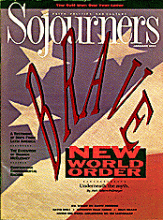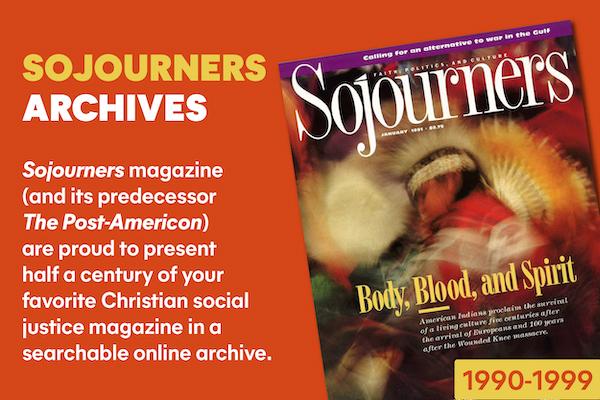Witness For Peace begins with Richard Boren crouching in fright on the floor of a tiny hut. His nostrils are filled with smoke from burning homes, and his ears are bombarded by deafening rocket explosions and machine-gun fire. Using his sleeping bag, he is trying to stem the dreadful flow of blood from a bullet hole in a Nicaraguan girl's knee. Moments later, he is kidnapped by a band of contra guerrillas and led off into the jungle.
As he begins his harrowing eight-day captivity, 30 other long-term volunteers for Witness for Peace are facing the same jeopardy in forgotten rural settlements throughout Nicaragua. At the same time, three groups of short-term delegates, 20 people each, are in the United States, receiving intensive training in nonviolence and Nicaraguan life, preparing for their two-week journey into the war zones.
When the contras finally agree to release Boren, he refuses to go unless Victor Rodriguez, a Nicaraguan taken captive at the same time, is released with him.
Ed Griffin-Nolan's book is the story of these ordinary people--Nicaraguans and North Americans--doing extraordinary things. It tells of those who experienced in their own flesh Ronald Reagan's war against Nicaragua, and who strove to change U.S. policy to one of "justice, peace, and friendship."
"America had never seen quite such a thing," Griffin-Nolan writes. "It is one thing to protest war--it is another to move in with the victims."
Read the Full Article

